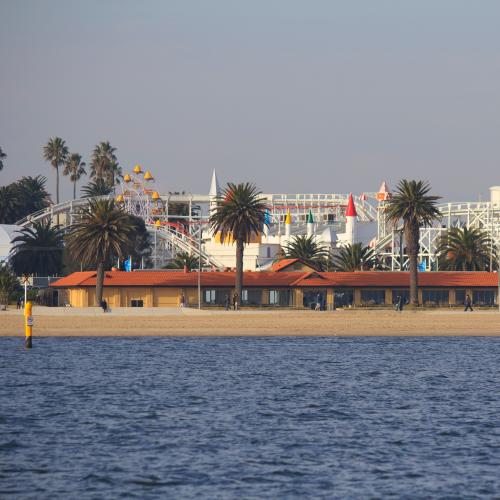Archaeologists examining a Viking ship burial on the small island of Leka have determined it to be the oldest in all of Scandinavia, predating the generally accepted start of the Viking Age. The burial site, known as Herlaugshaugen, is situated in the archaeologically rich area of Namdalen, characterized by a high concentration of burial mounds. Excavations at Herlaugshaugen, dating back to the 18th and 19th centuries, revealed construction materials, a bronze cauldron, animal bones, and a seated skeleton with a sword.
In a recent survey collaboration with the Norwegian Directorate for Cultural Heritage and Trøndelag County Authority, archaeologists and a metal detectorist found iron nails and other evidence indicating a ship burial dating to around 700 CE. This timeframe challenges the conventional starting point of the Viking Age. The ship discovered at Herlaugshaugen was notably large, suggesting advanced boat-building methods and a developed maritime culture before the generally accepted Viking Age commencement.
Geir Grønnesby, an archaeologist at the NTNU University Museum, expressed excitement about the dating, stating, “This dating is really exciting because it pushes the whole tradition of ship burials quite far back in time.” While Viking raids are documented from the final quarter of the 8th century, the discovery at Leka suggests the existence of an elite merchant society in Namdalen even earlier, potentially during the Merovingian Period. The location’s role along a shipping route indicates economic links and a developed trading identity before the recognized Viking Age, challenging previous assumptions about the timeline of Viking activities.







